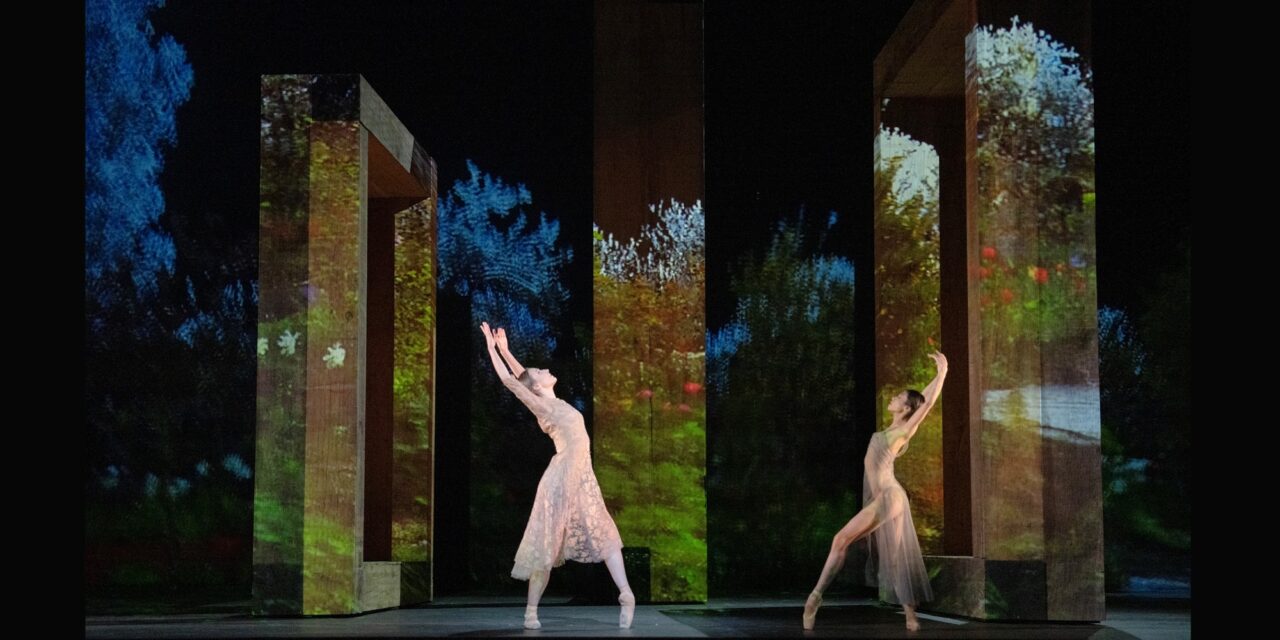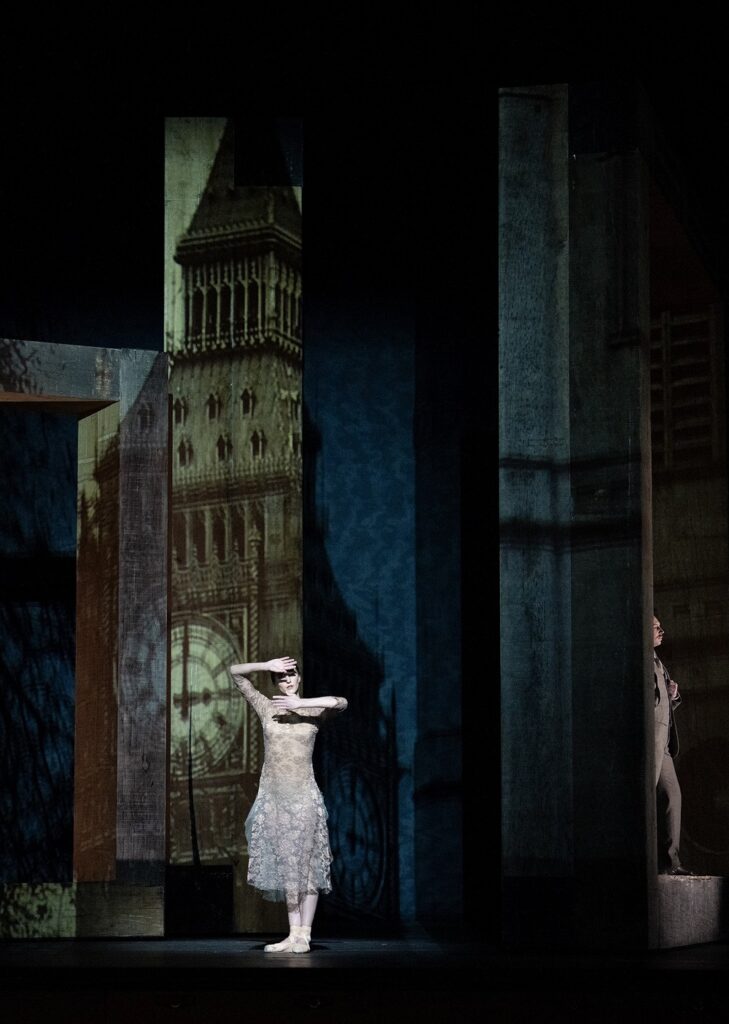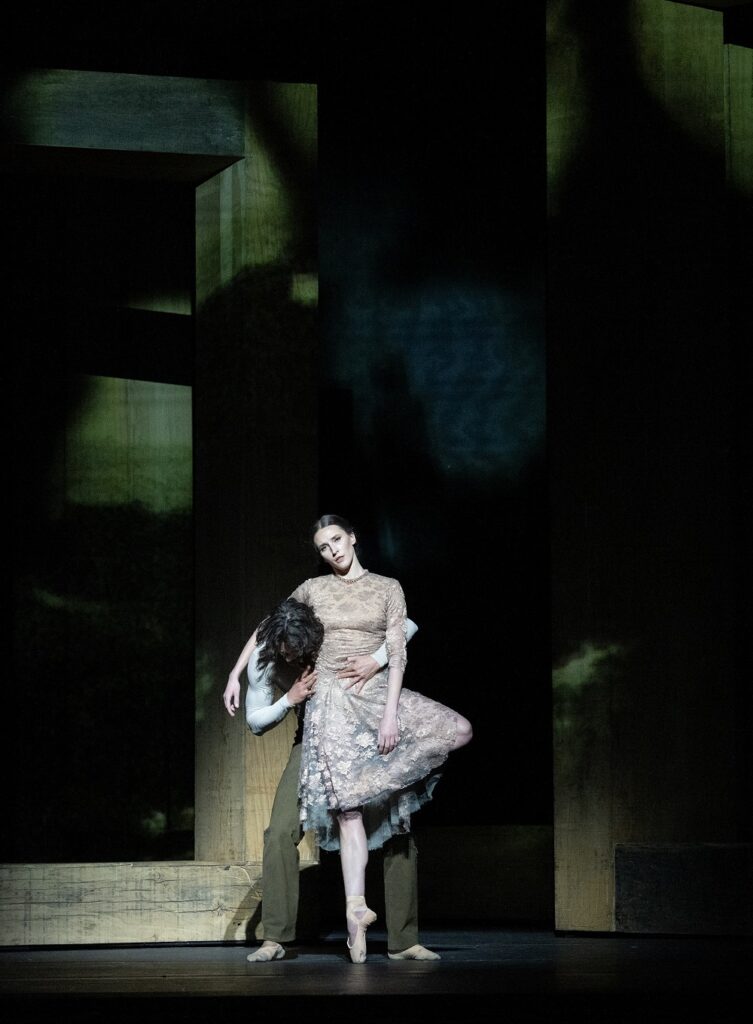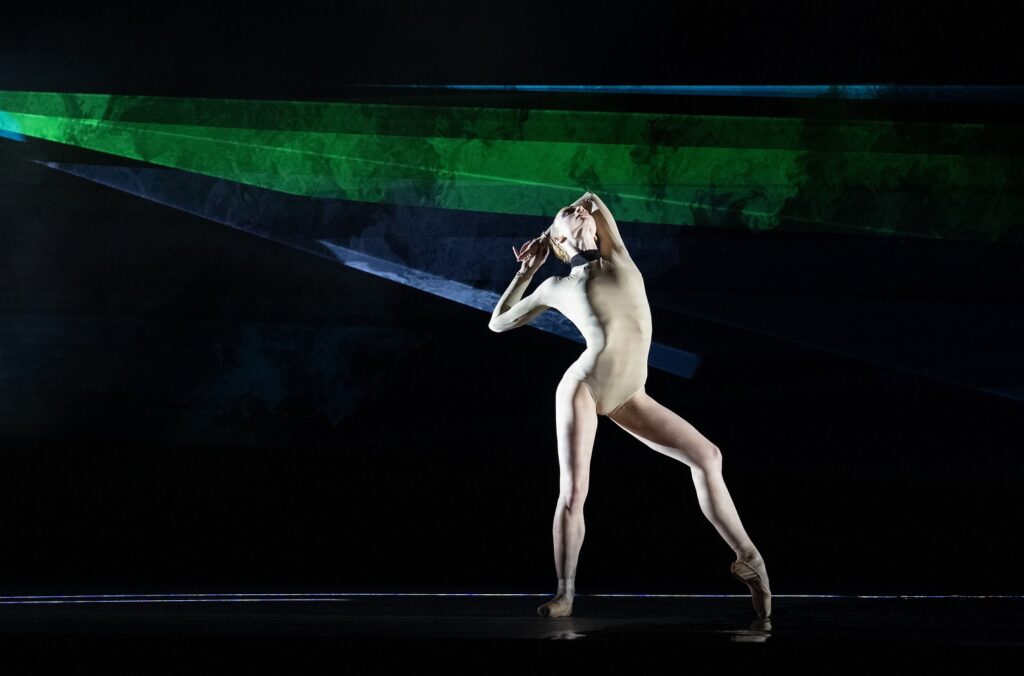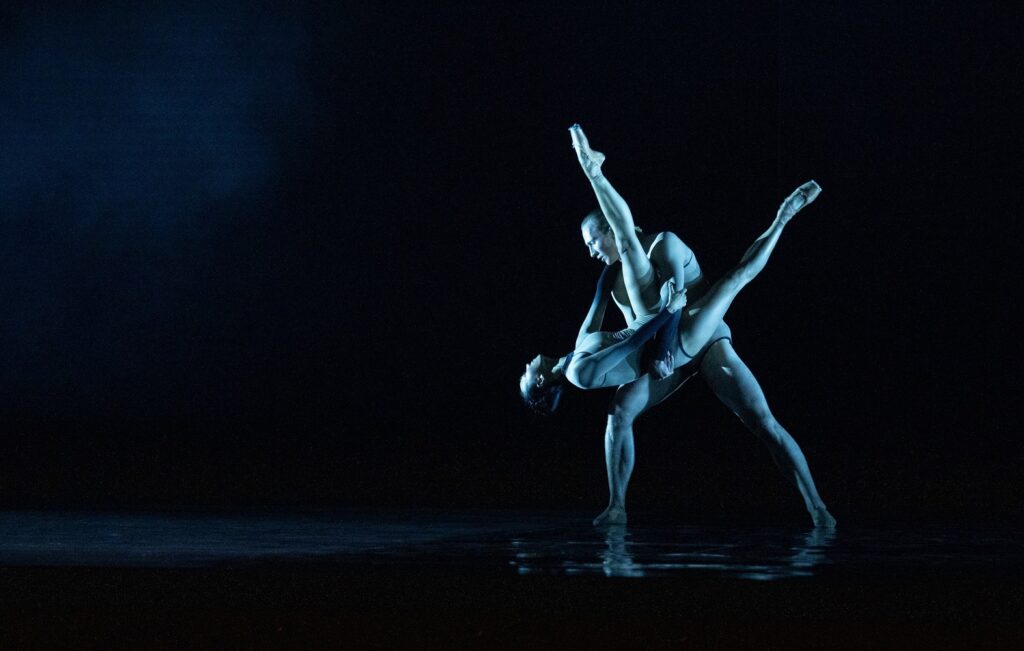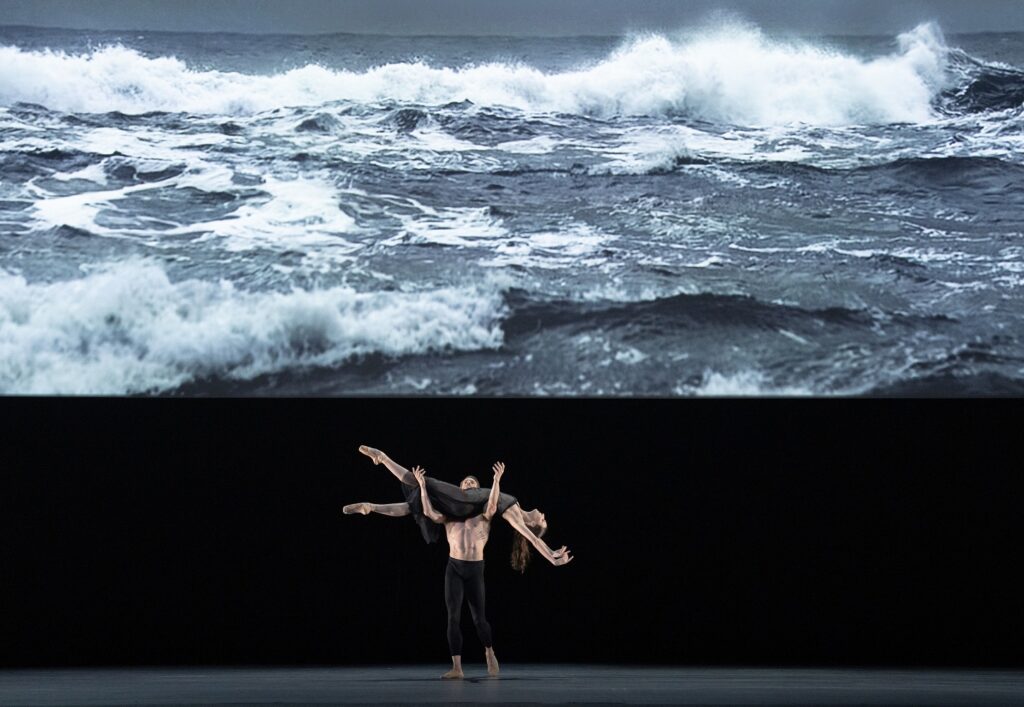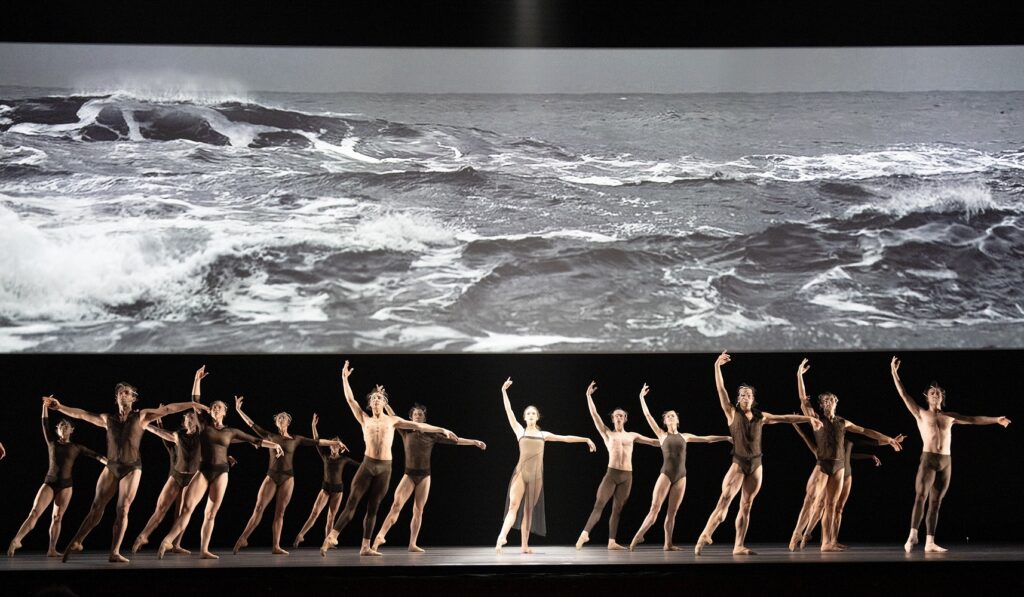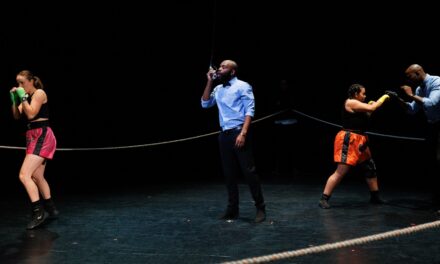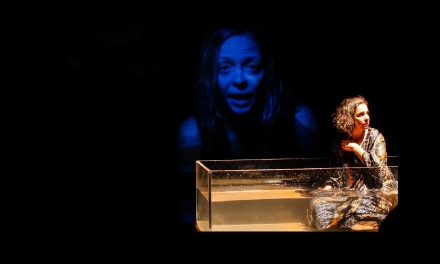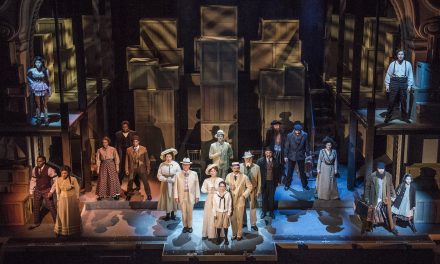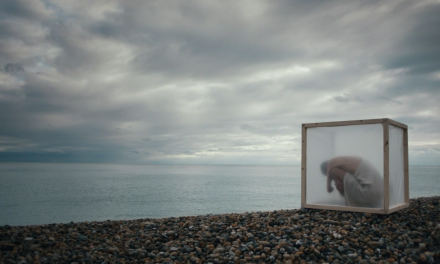Susan Jaffe’s, American Ballet Theatre premiered Wayne McGregor’s Woolf Works at the Segerstrom Center for the Arts, April 11-14, 2024. McGregor is credited with creating, directing and choreographing this fascinating and labyrinthine concept that premiered originally in 2015 with the Royal Ballet. His collaboration with designers, composers, and dancers venture into Virginia Woolf’s complex literary art and life of the early 20th century. A time when women were bound as chattel and Woolf’s defiance clarified in her life and works.
In Woolf Works, major elements have been created through musical minimalism, movement, and laser effects of the 21st century, with a detour through the 1600’s. Composer Max Richter’s layers his pulsing musical score with walls of sound that expresses the strength and nuance and guides the unfolding story. The choice to divide the evening into three distinct sections gave definition to the chaos and stillness that was Woolf’s legacy.
As the piece begins; out of the darkness the sound of Virginia Woolf’s distinct voice speaking words from “I now, I then” (Mrs. Dalloway) begins the First Act. The lighting by Designer, Lucy Carter, bathed the stage in the morning glow. The towering sienna columned walls, designed by Ciqué, We Not I, and Wayne McGregor created portals that moved with such subtlety as to believe they were standing still. Yet soon we see Clarissa’s ghostly image, (Devon Teuscher) in the background. With tortured movement, surrounded by the inching of the walls, it effectively shows her torment in the passage of time. Teuscher appears to physically toggle between a kind of subtle doubt, depression, and conflict. Unseen is the element of spirit and courage that makes Woolf ‘s fascinating ride between chaos and stability interesting.
Revealed in time, behind moving walls and spaces, are Woolf’s lovers and allies that found her irresistible starting with her husband, Richard. He, in contrast to all others, was the one constant in her life, played solidly by Roman Zhurbin, who physically defines Richard as her asset and support. Clarissa, the younger, danced by the spritely, Léa Fleytoux, uses her ebullience early on to tease her way into a friendship, then a romantic dalliance with her early long time female lover, Sally, played by the irrepressible Cassandra Trenary. Peter, once madly in love with Clarissa, is played by James Whiteside whose spirited acting and dancing creates the fascinating, self-consumed, young man that moves in and out of attraction and confusion in his love for Woolf. Whiteside and Teuscher in their encounters in dance reflect their need and confusion with each other. Woolf’s life between sanity and madness is echoed in her relationship with Septimus, poignantly played by Daniel Camargo, who having returned and clearly been affected by the war, is a kind of inspiration for his, and Woolf’s, final solution. This melding of characters carries thru to the very end.
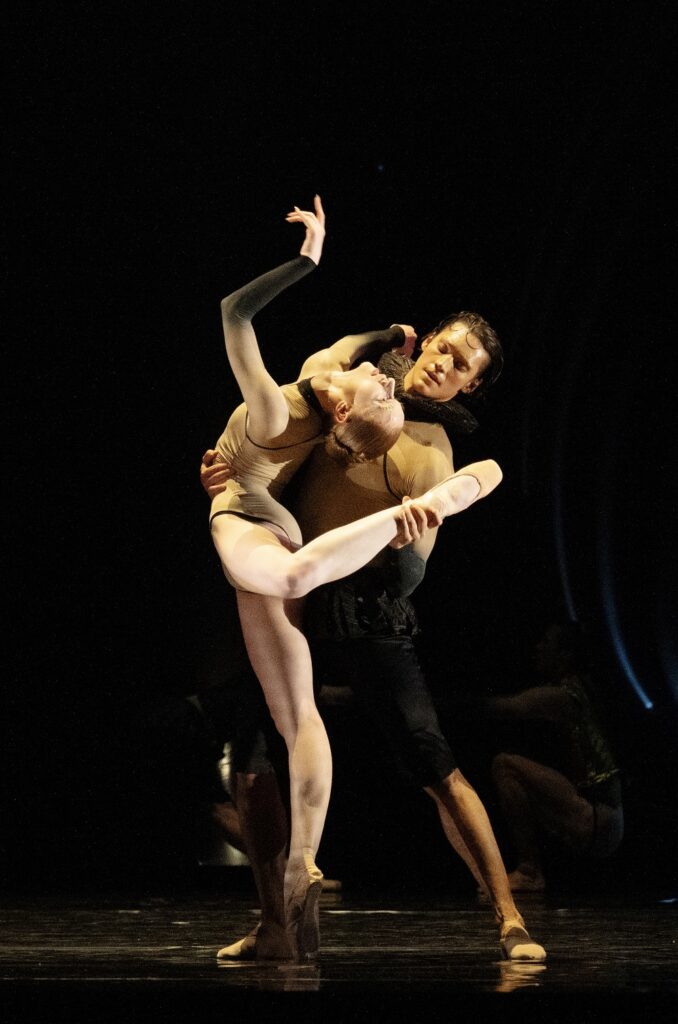
ABT – Catherine Hurlin and Daniel Camargo in Wayne McGregor’s “Woolf Works” – Photo by Ravi Deepres.
The second act are impressions of Woolf’s alluring novel “Orlando,” entitled “Becomings.” A story spanning 400 years. The main character, based on Woolf’s lover the prolific writer, Vita Sackville-West, whose gender fluid world is built on her successful life and relationships. In Orlando, Woolf explores the life of a wealthy poet and nobleman that, down through time, exchanges his gender, becoming a woman, and introduces years of querying complexities.
Junge’s costume designs for this section show stark 16th century gold jackets and nickered Conquistadores, black pancake tutus with movement eerily reminiscent of William Forsythe, (The Vertiginous Thrill of Exactitude), and later, dancers don skin colored body suits that move in and out of smokey spotlights. Stark laser beams shatter and bend, forming passageways and labyrinths that give space to the disconnected placements of the performers. Dancers; Sierra Armstrong, Daniel Camargo, Jarod Curley, Thomas Forster, Carlos Gonzalez, Catherine Hurlin, Joseph Markey, Sunmi Park, Jake Roxander, Jose Sebastian, Christine Shevchenko, and Cassandra Trenary work expertly as they appear then disappear in random locations, soon convening under one extended spotlight, bodies sculpting and re-sculpting, like Roman wrestlers.
All this action speeds up under the sounds and shards of light that appear to keep the audience attempting to understand the bait-and-switch of the action. Perhaps it is telegraphing what is taking place inside the story, perhaps it is in the brain of the creator, or it is just keeping the audience from boredom, but the spectacular and frenetic light show by Lighting Designer, Carter, simulates a kind of Rock Concert that cuts through the air with rapid slices of light and color. However, it is unclear if it is the electronic-ness of the effects, the music, the performers, or the direction that leaves one cold and emotionless for its lack of connection.
“Tuesday,” from her work, “The Waves” (1931), is the last act and denouement of Woolf Works, revealing an ocean background rising high above the stage floor and covering the entire width of the back curtain. On screen, a visual of the ocean, ebbing, flowing, slow enough to almost be standing still. The sound of Richter’s Requiem underscores Woolf’s lamentations. Her words proclaim her love and the unendurable progress of her disease. The company’s ghostly entrances weave around as if they are lost souls in the shadows. Teuscher, Whiteside, Shevchenko sustain their last moments together as in a dream. It allows the quietness of letting go, and the silence of movement. Woolf counting her steps between life and death and representing her final act of power, the decision over her own fate.
Woolf Works is a massive undertaking that feeds the fans, the curious and the uninitiated. It primarily creates questions about exploration, creative license and interpretation. For that, it is a wonder that insists on attention. Congratulations to Susan Jaffe, Wayne McGregor and the Segerstrom, whose courage in presenting such an uncommon work requires more than lying back and being entertained. It is also a hint at the expansion into the future of the ABT Company.
For more information about American Ballet Theatre, please visit their website.
To learn more about Segerstrom Center for the Arts, please visit their website.
Written by Joanne DiVito for LA Dance Chronicle.
Featured image: ABT – Devon Teuscher and Léa Fleytoux in Wayne McGregor’s Woolf Works – Photo by Ravie Deepres.

